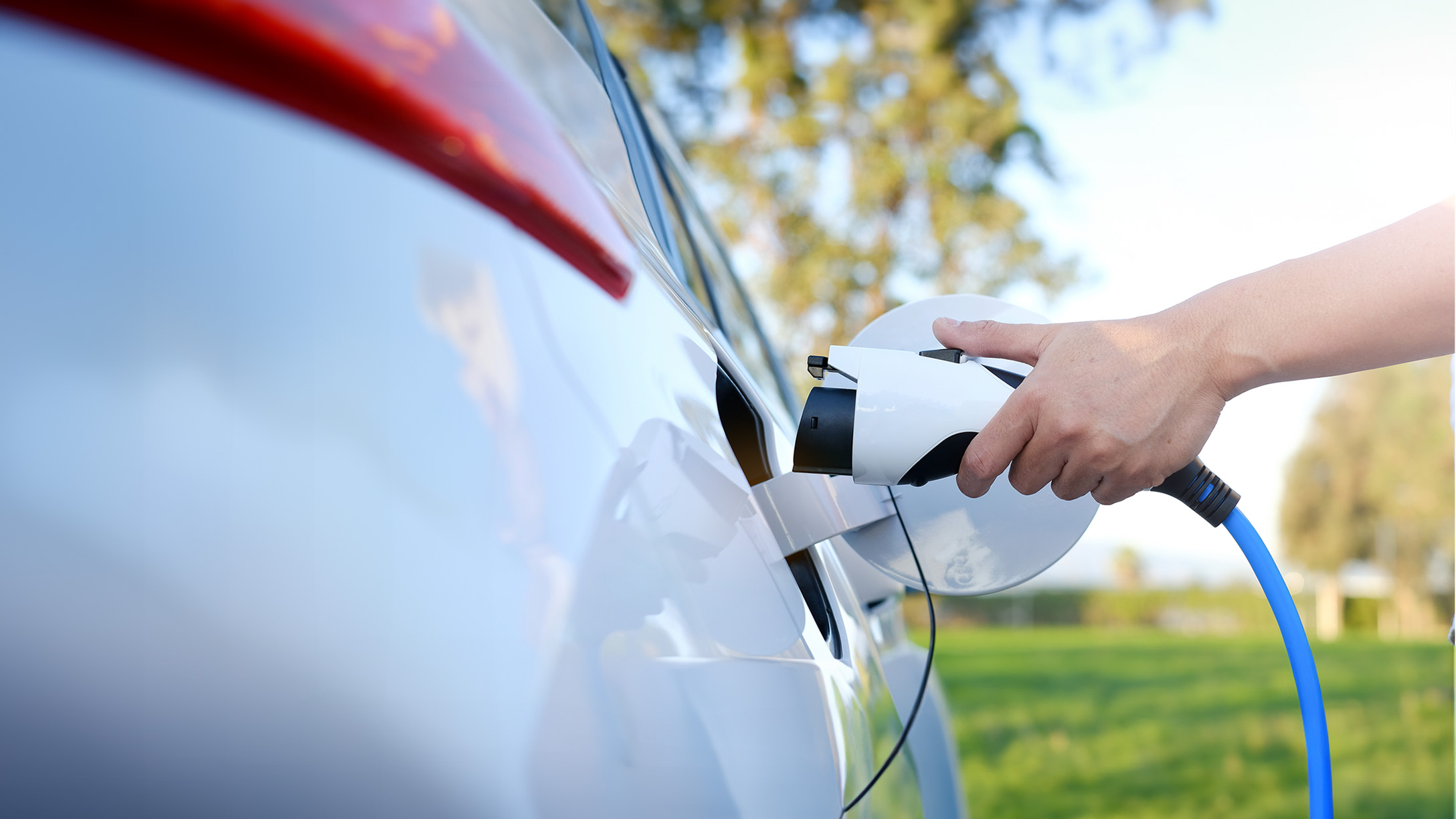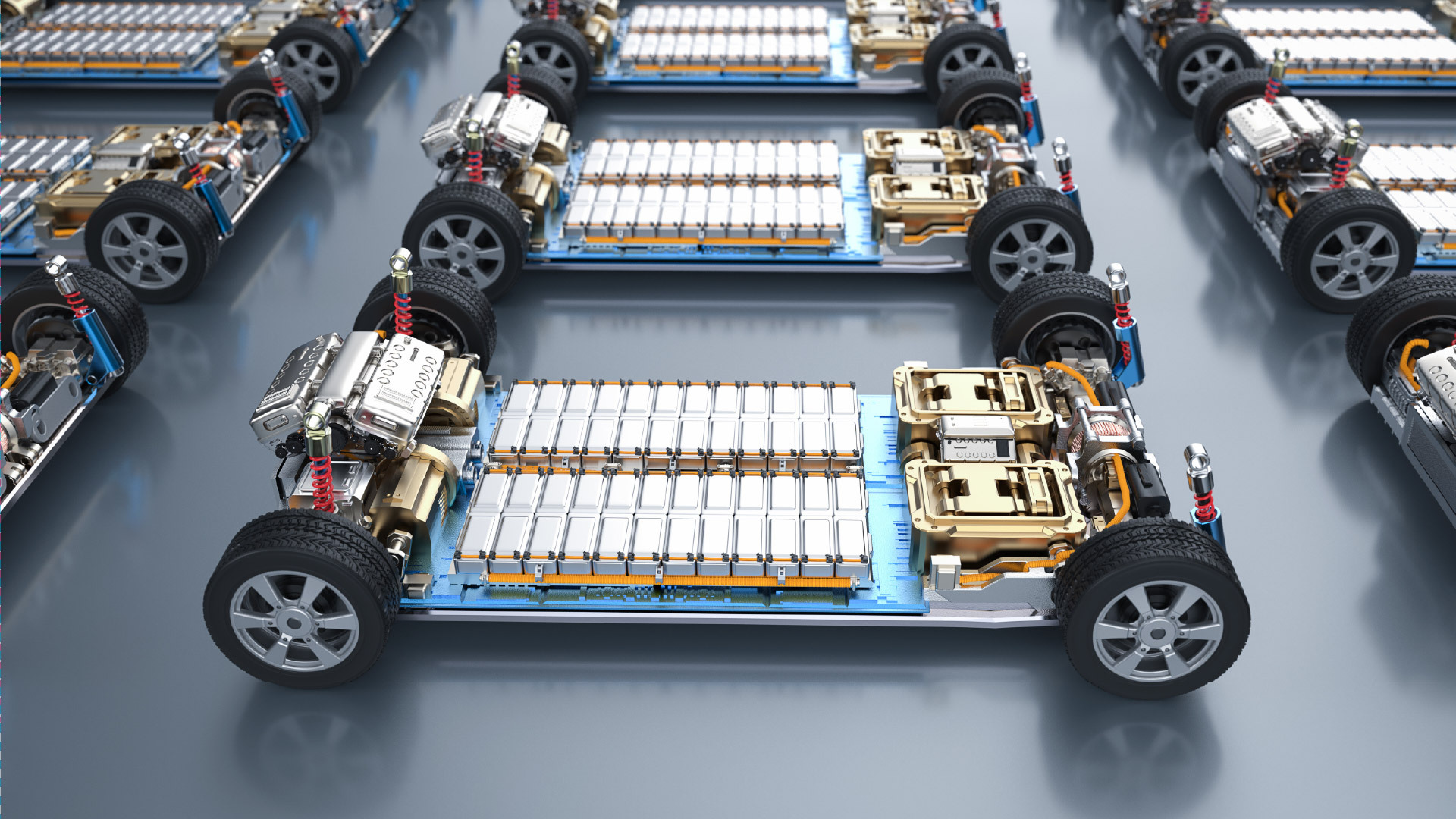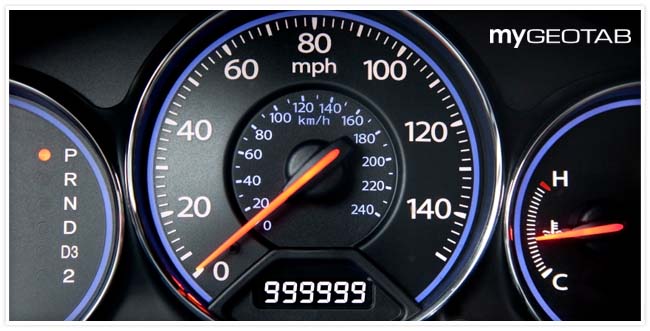Get to know the advantages of electric cars
Thinking about going green? It’s important to analyze the pros and cons before making the jump. Read on to learn about the benefits of electric vehicles.
By Geotab Team
Oct 9, 2024

The growth in popularity of electric vehicles (EVs) over the past decade has been remarkable. After holding a negligible share of the auto market for a long while, EVs now account for a significant portion of new vehicle sales worldwide.
U.S. electric car sales increased from 0.2 percent of total car sales in 2011 to 4.6 percent in 2021. Global EV sales doubled in 2021 to a new record of 6.6 million. Experts expect this trend to continue – U.S. drivers are on track to buy a record 1 million electric vehicles in 2023.
This surge in popularity isn’t exclusive to consumers – it’s also being seen when it comes to commercial use vehicles. Fleet owners are increasingly turning to electric vehicles due to their numerous advantages over traditional internal combustion engine vehicles. EV market revenue could reach $561.3 billion USD in 2023, which, at an expected compound annual growth rate (CAGR) of 10.07 percent, would scale to $906.7 billion USD by 2028.
Understanding the benefits and drawbacks of EVs is vital for everyone, especially those considering purchasing a vehicle or fleet owners looking to transition. Electric cars are slated to increase from a 2 percent global share back in 2016 to 22 percent in 2030.
Let’s explore the advantages – and potential drawbacks – of electric vehicles so fleet managers can make an informed decision about the future of their fleet vehicles.
Electric car benefits and drawbacks for fleets
What makes electric vehicles so attractive for companies with fleet needs? For starters, they offer high efficiency, zero emissions and reduced maintenance requirements. They’re also a major win for environmentally conscious businesses because they minimize a fleet’s carbon footprint.
There are challenges that fleet-based businesses face when adopting EVs, however. Limited driving range, longer refueling times and higher upfront costs can be hurdles. However, continued advances in EV technology can counter these drawbacks, making EVs increasingly viable for fleets.
The pros of electric cars
We’ve put together a list of benefits that could help nudge you toward sustainable fleet management. Consider these points when you’re contemplating how EVs could make an impact in your fleet.
Environmental benefits of electric cars
One of the most attractive benefits of electric vehicles is how they contribute to a more sustainable future:
- Zero emissions: EVs produce zero tailpipe emissions. They do not emit harmful pollutants or particulate matter into the atmosphere, which helps improve air quality – especially in urban areas – and cuts down on noise pollution from loud engines.
- Reducing climate change impact: EVs help reduce greenhouse gas emissions by not burning fossil fuels. This is crucial in mitigating climate change, as road transport contributes about 35% of CO2 emissions in the United States.
- Lower carbon footprint: The carbon footprint of an EV is generally lower than that of a conventional vehicle. As the electricity grid becomes greener, this advantage will only increase.
- Energy conservation: EVs are significantly more energy-efficient than conventional vehicles. They convert over 77% of the electrical energy from the grid to power the wheels. Compare that with only 12% to 30% for gasoline vehicles. This efficient use of energy helps conserve our planet's resources.
- Sustainable charging: With the proper infrastructure, EVs can charge using renewable energy sources like solar or wind power. This further reduces their environmental impact and makes them crucial to a sustainable, low-carbon future.
Cost savings of electric cars
EVs offer significant cost savings over time, which can make a big difference when building a fleet of vehicles. Electric cars have lower fuel costs because the electricity needed to charge them can often be cheaper than gasoline. In addition, maintenance costs are lower; EVs don’t have as many moving parts and don’t require oil changes. Finally, the availability of tax credits and grants can offset the higher upfront costs of switching to electric cars.
Over time, these significant savings can add up and make a big difference to your company’s bottom line, especially for fleets, whose costs multiply across several vehicles. That doesn’t even touch on the resale value of EVs, which often retain their worth. When it’s time to upgrade, you can recoup some of the cost of transitioning.
Improved safety and performance
EVs aren’t just cost-effective, they also offer some safety benefits. EVs offer state-of-the-art driver assist and safety features typical of most new vehicles. Electric vehicles benefit from performance enhancements that traditional internal combustion cars don’t have. These include:
- A lower center of gravity than gas-powered cars, leading to reduced rollovers.
- Quicker acceleration due to increased torque
- Better crumple zones due to the absence of a large engine block.
These fleet safety and sustainability features make managing your fleet even easier.
Compliant with changing policies
Businesses aren’t the only ones shifting their priorities to electric vehicles. Governments worldwide are increasingly investing in making EVs more affordable.
The Biden-Harris administration, for example, has announced a series of investments to make EVs more affordable and accessible. This includes the National EV Charging Initiative; a concerted effort involving business, labor and government entities.
The rest of the federal government also aims to lead by example, committing to achieve 100% zero-emission vehicle acquisitions by 2035. This includes access to electric vehicle supply equipment (EVSE), demonstrating a comprehensive approach to facilitate the transition to EVs.
The shift toward EVs isn't just a government initiative. Automakers are also making significant commitments to electric vehicles. They recognize the interlink between autonomous and electric vehicles and invest heavily in this area.
The commitment to EVs is a global trend and reflects growing recognition of their environmental benefits and potential cost savings.
Overcoming challenges
For all their benefits, EVs aren’t without their challenges. Fleet managers must be aware of and ready to deal with issues unique to electrified vehicles. Some of these challenges include:
- Shorter drivable distance due to limited battery range
- Slower charging speeds, which can impact fleet uptime
- A lack of charging infrastructure, especially in rural areas
Fleet managers do have plenty of options to offset these problems, however. They can take extra time to plan routes to optimize battery capacity. Determining traffic conditions, weather and terrain will help them plan most efficiently. While advancements in battery technology are leading to longer-range EVs, they still have trouble keeping up with traditional engines.
To overcome slower charging speeds, many route managers turn to direct-current (DC) fast charging solutions. These chargers can reduce charging time and quickly get vehicles back on the road.
While governments are stepping in to offer subsidies and incentives to promote the installation of charging infrastructure, there are still far fewer stations than are necessary, especially in rural areas. Many electrified fleet managers address this issue by installing dedicated charging stations at their facilities.
Are electric cars worth it?
While the number of internal combustion vehicles on the road still significantly dwarfs that of electric vehicles, there’s still a compelling case for EV adoption. While upfront costs might be higher, the continued priority shift among automakers, governments and delivery companies to rely on EVs is a good sign they’re not just here to stay – but to grow.
Ultimately, your decision to electrify your fleet comes down to budget priorities and needs. Analyze your existing fleet’s driving profiles with Geotab’s EV Suitability Assessment to help determine if EV adoption makes sense for your business.
Subscribe to get industry tips and insights
The Geotab Team write about company news.
Table of Contents
Subscribe to get industry tips and insights
Related posts

How long do electric car batteries last? The updated guide to real-world EV battery health
January 12, 2026
10 minute read

Run on Less data redefines electric truck viability
December 17, 2025
4 minute read

.jpg)

The future of transportation: Trends, research and what’s next according to experts
July 17, 2025
9 minute read

Odometer reading: How to check + optimize for smarter fleet management
July 15, 2025
5 minute read